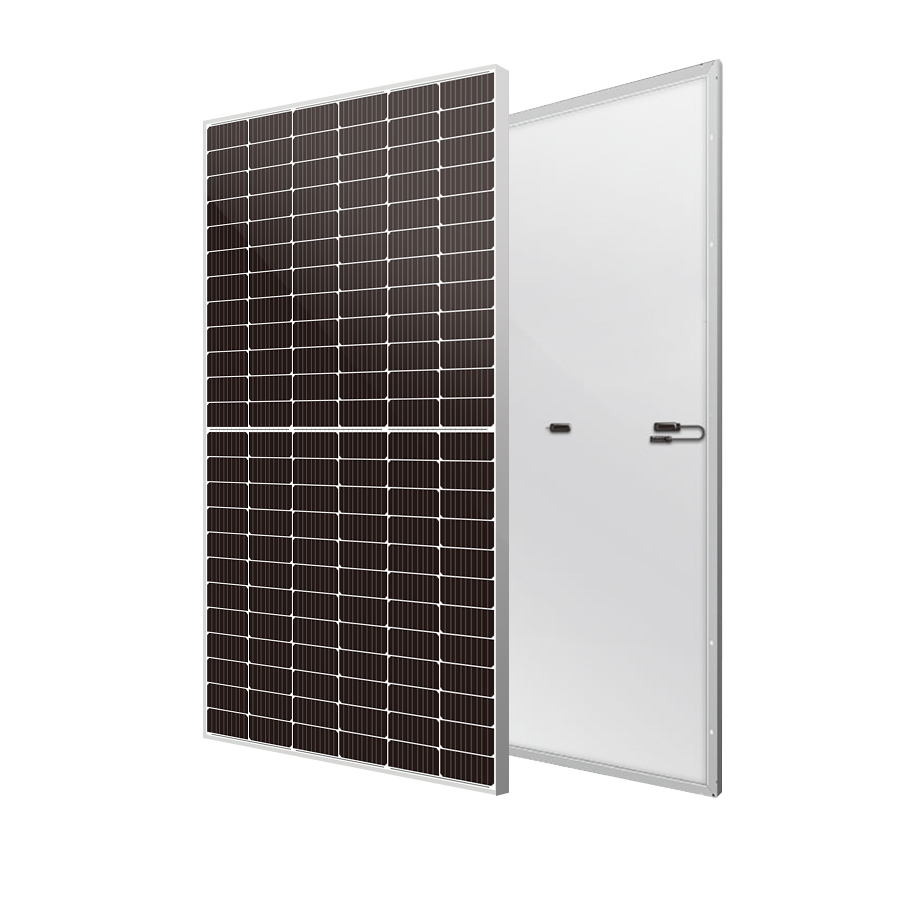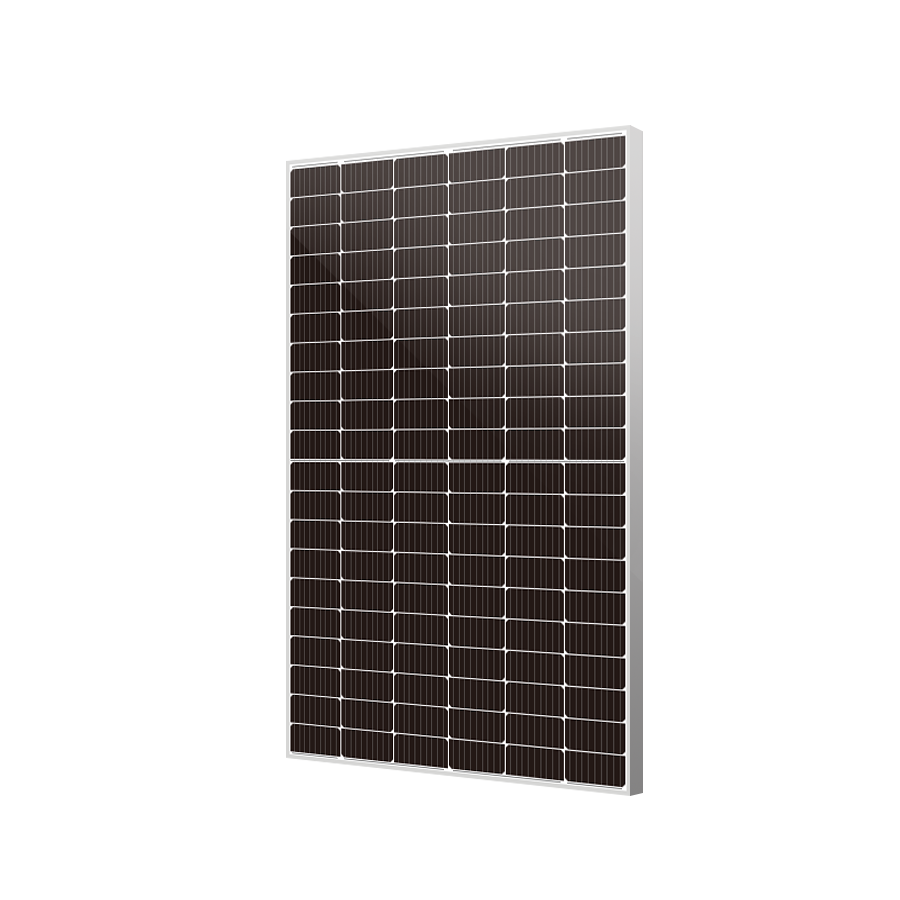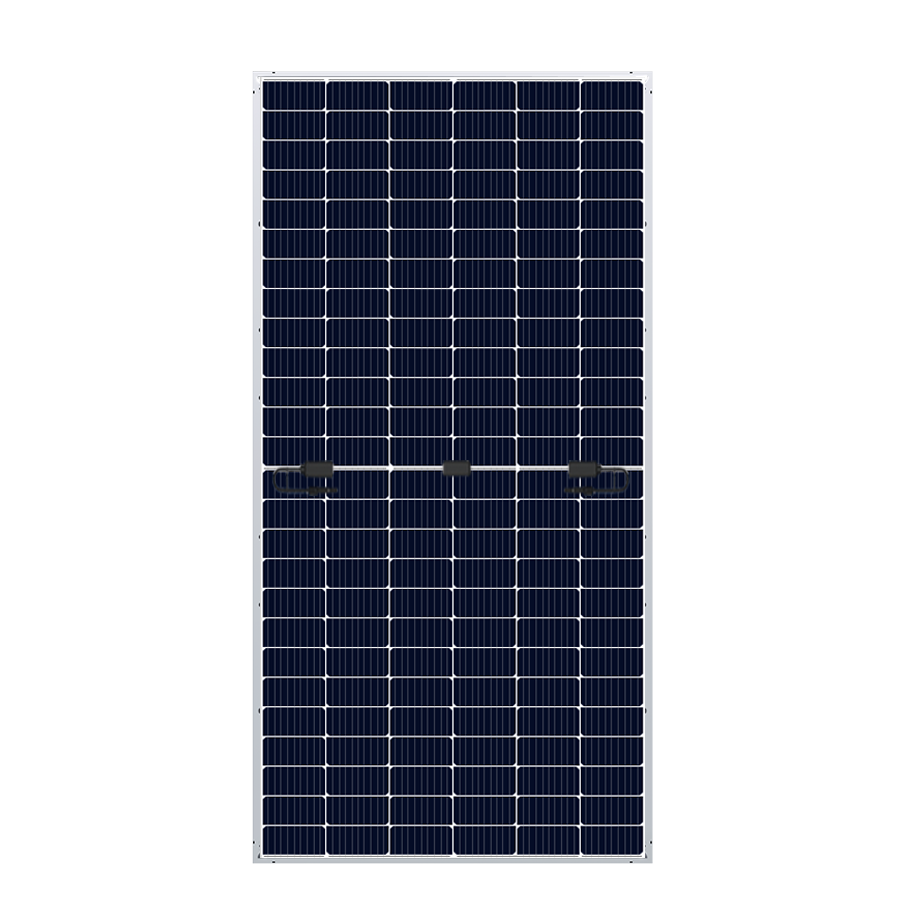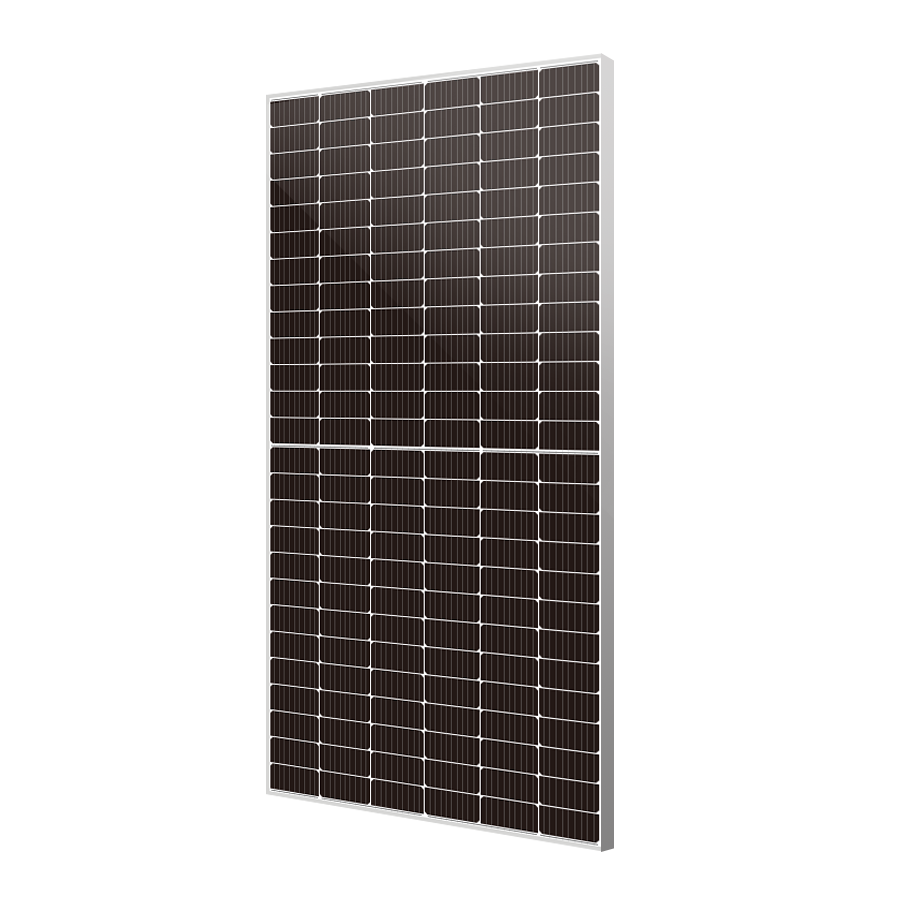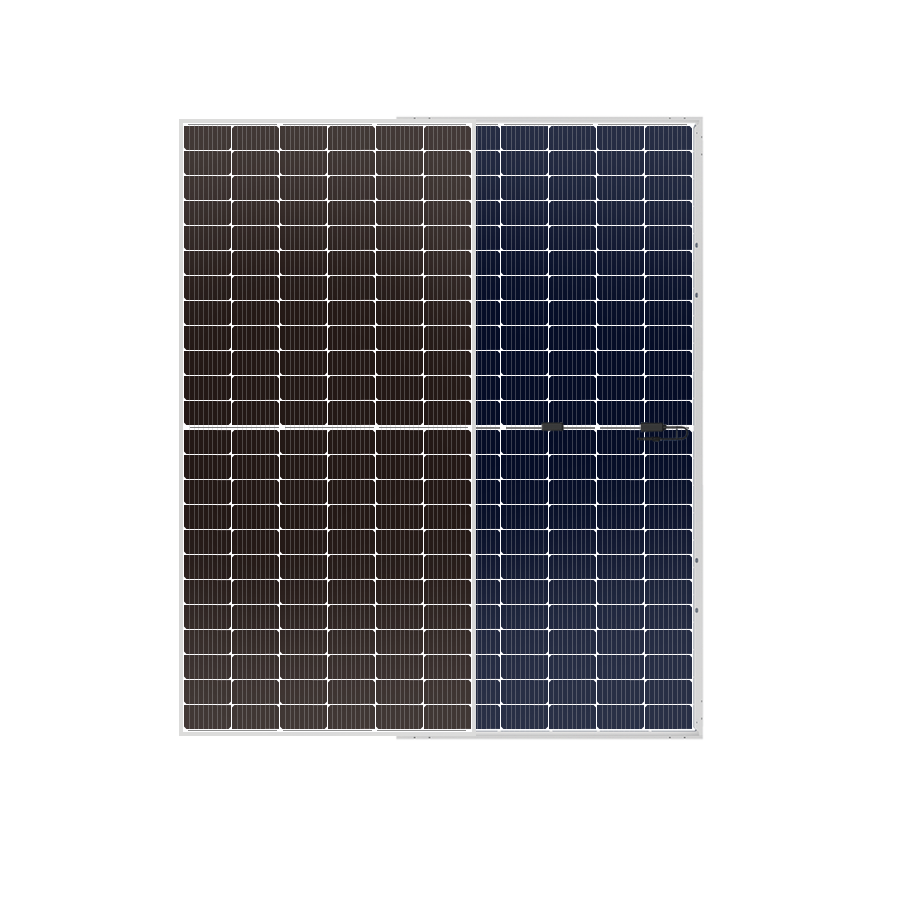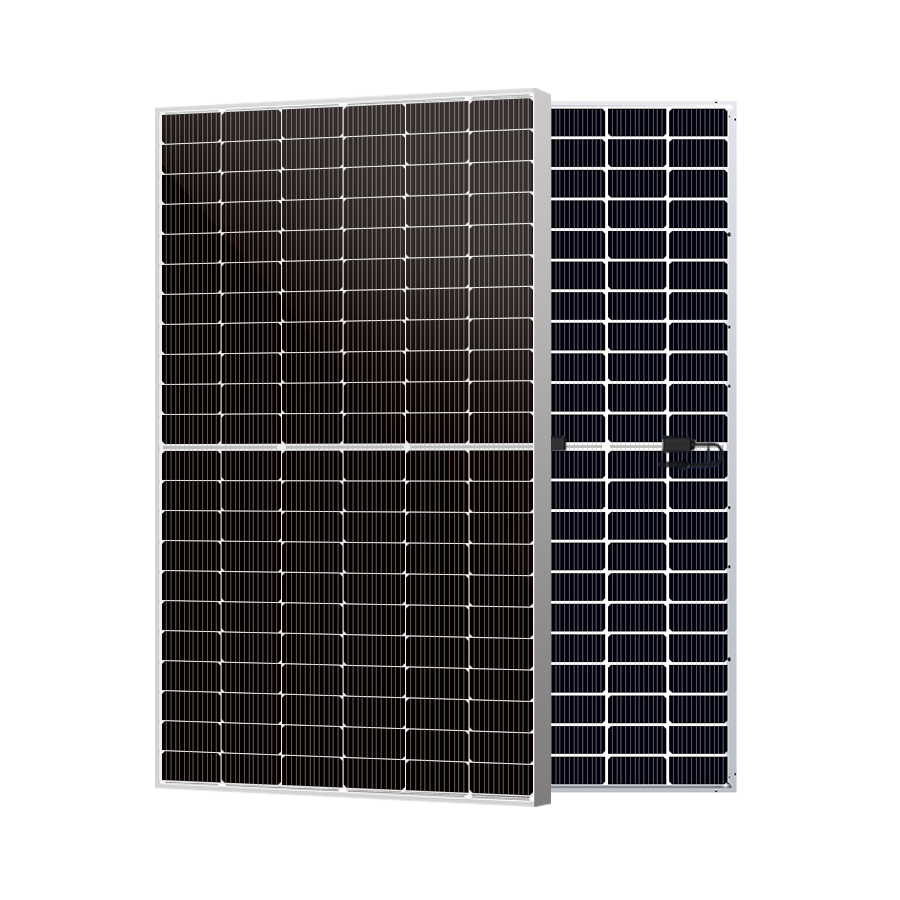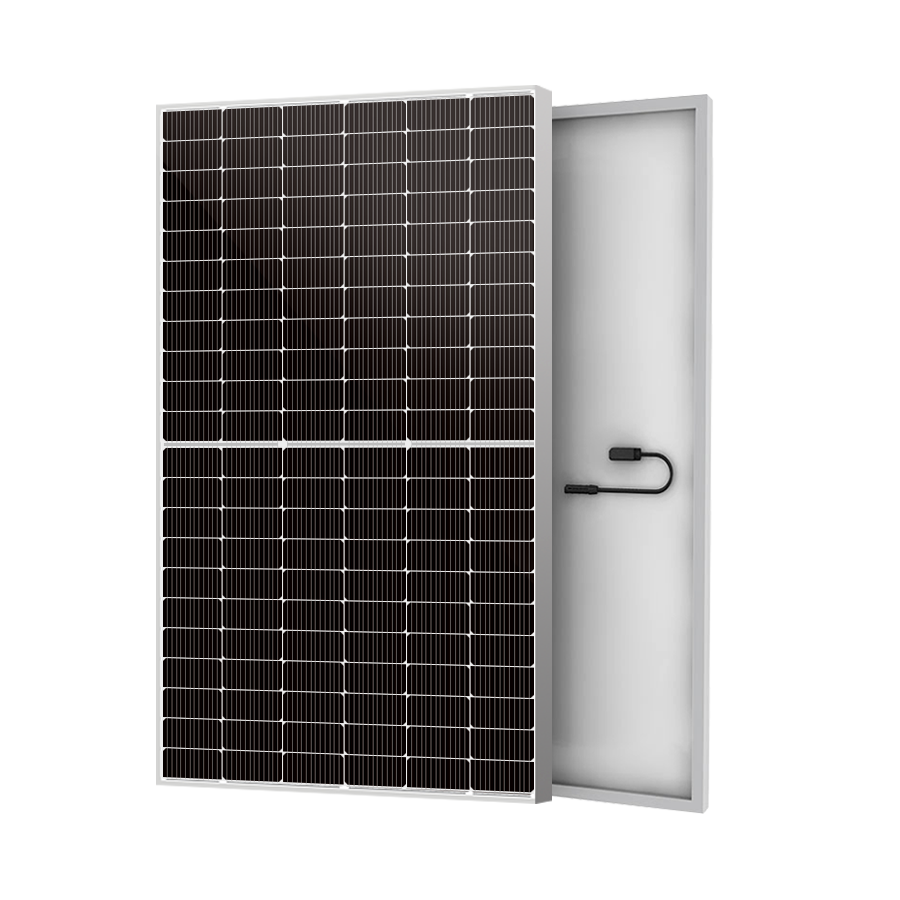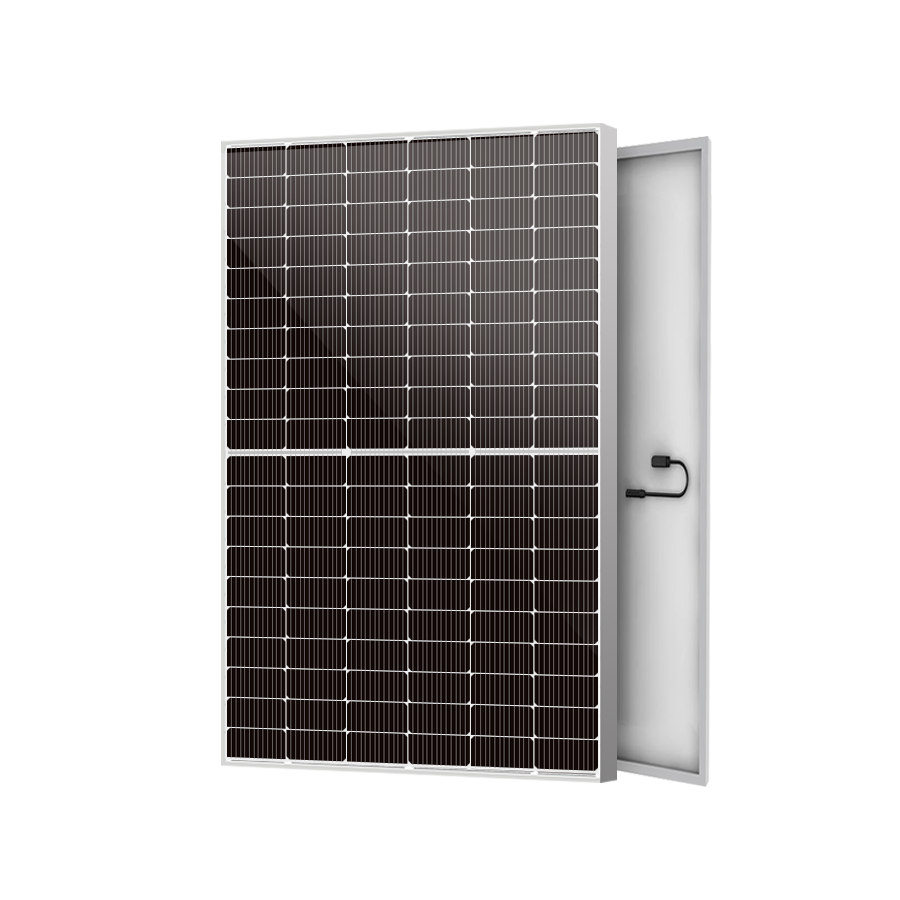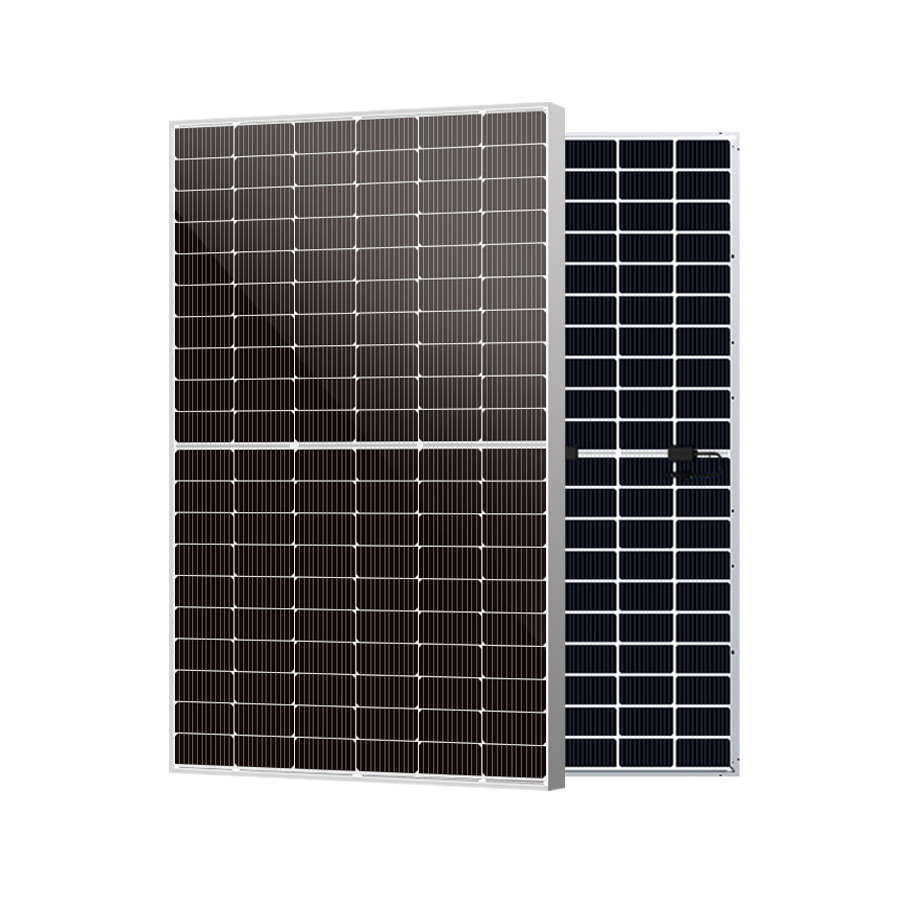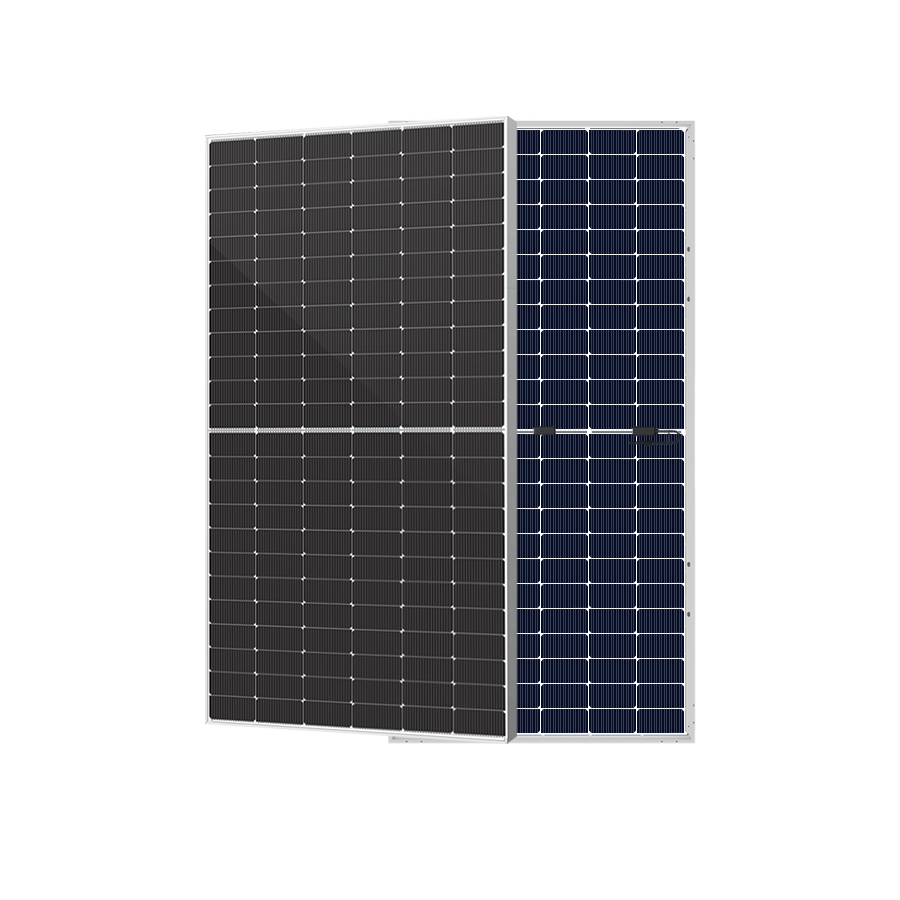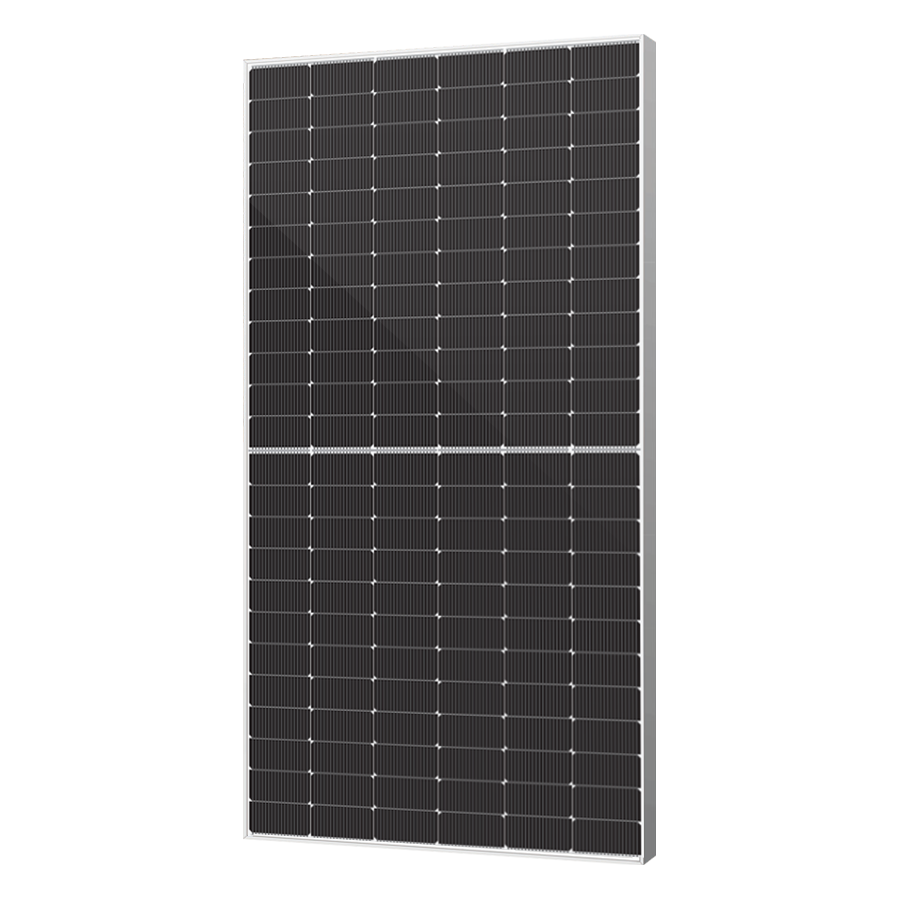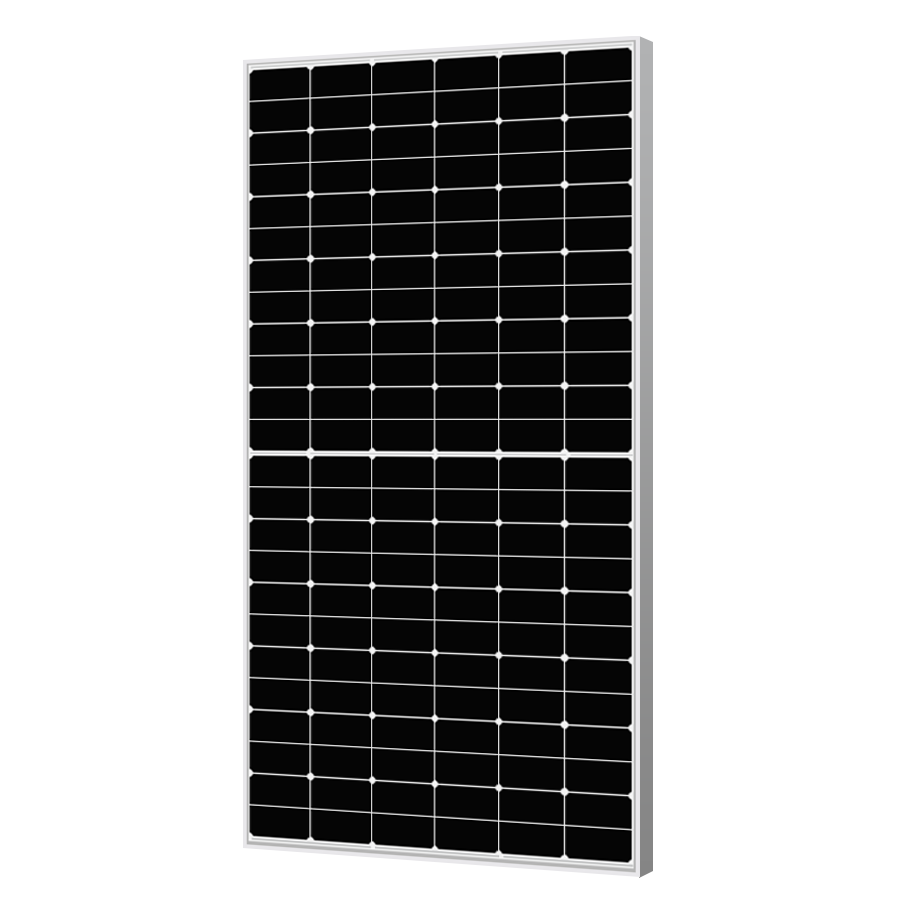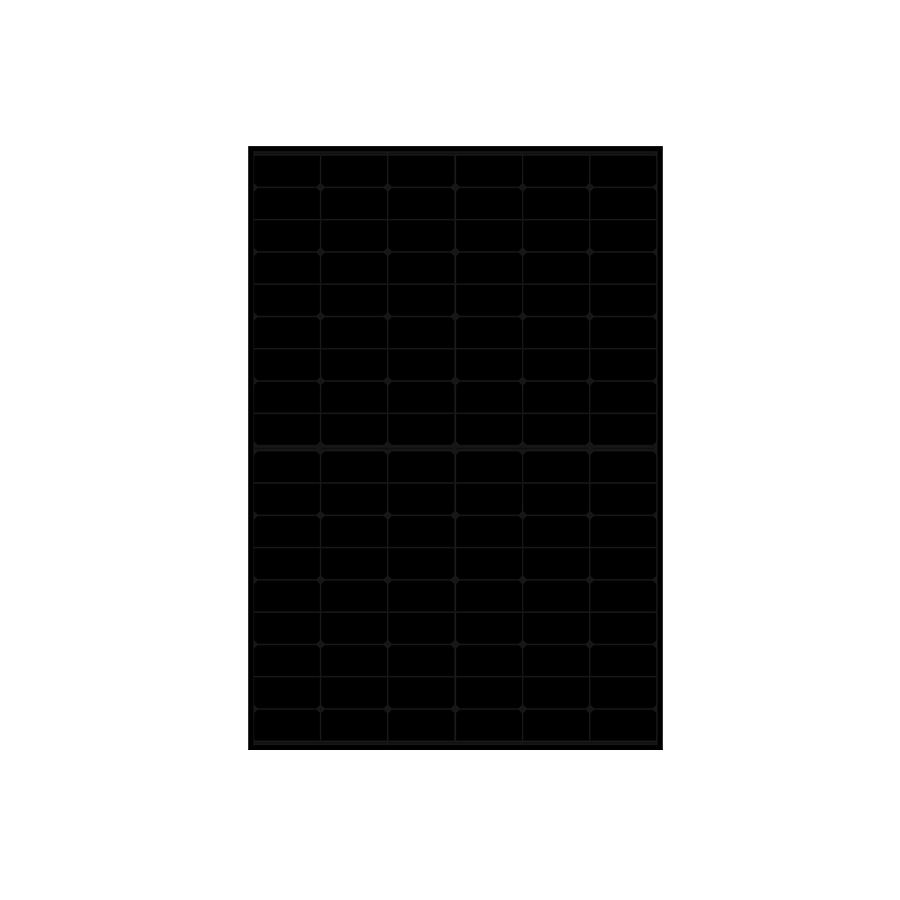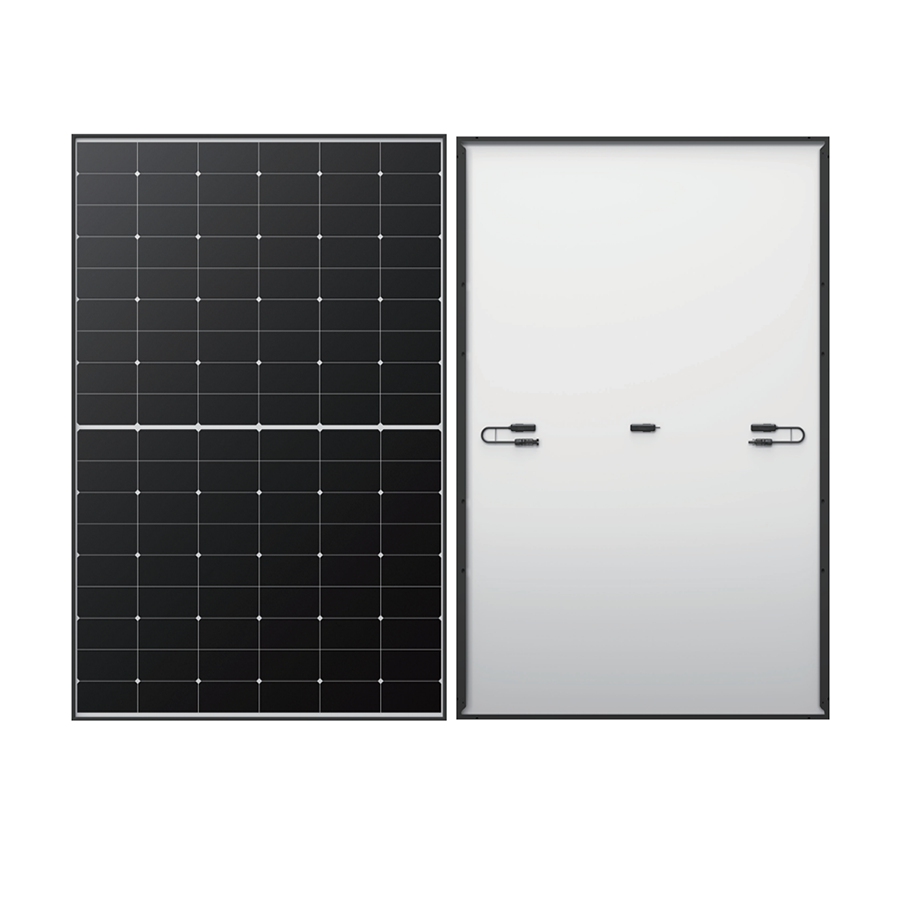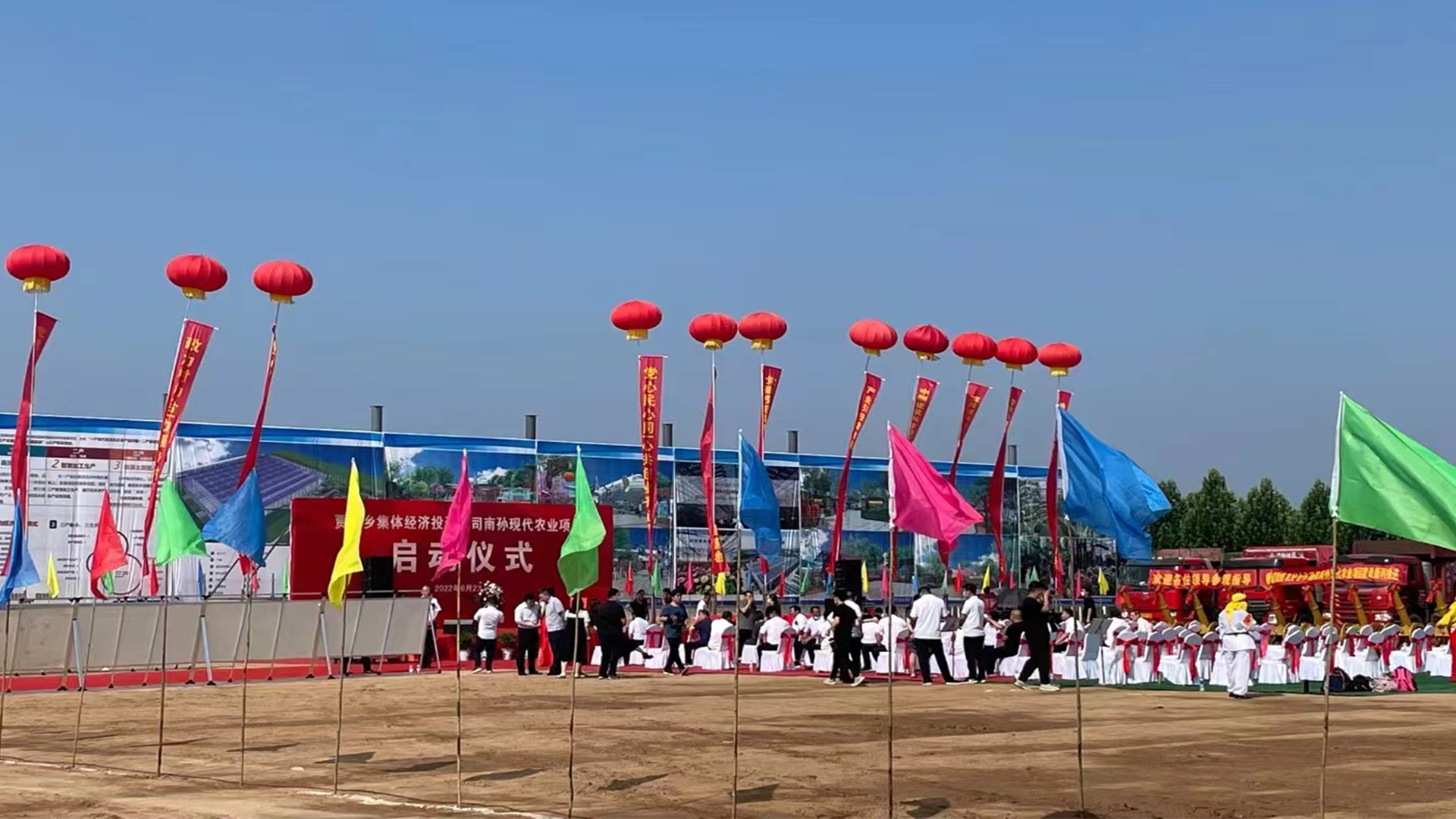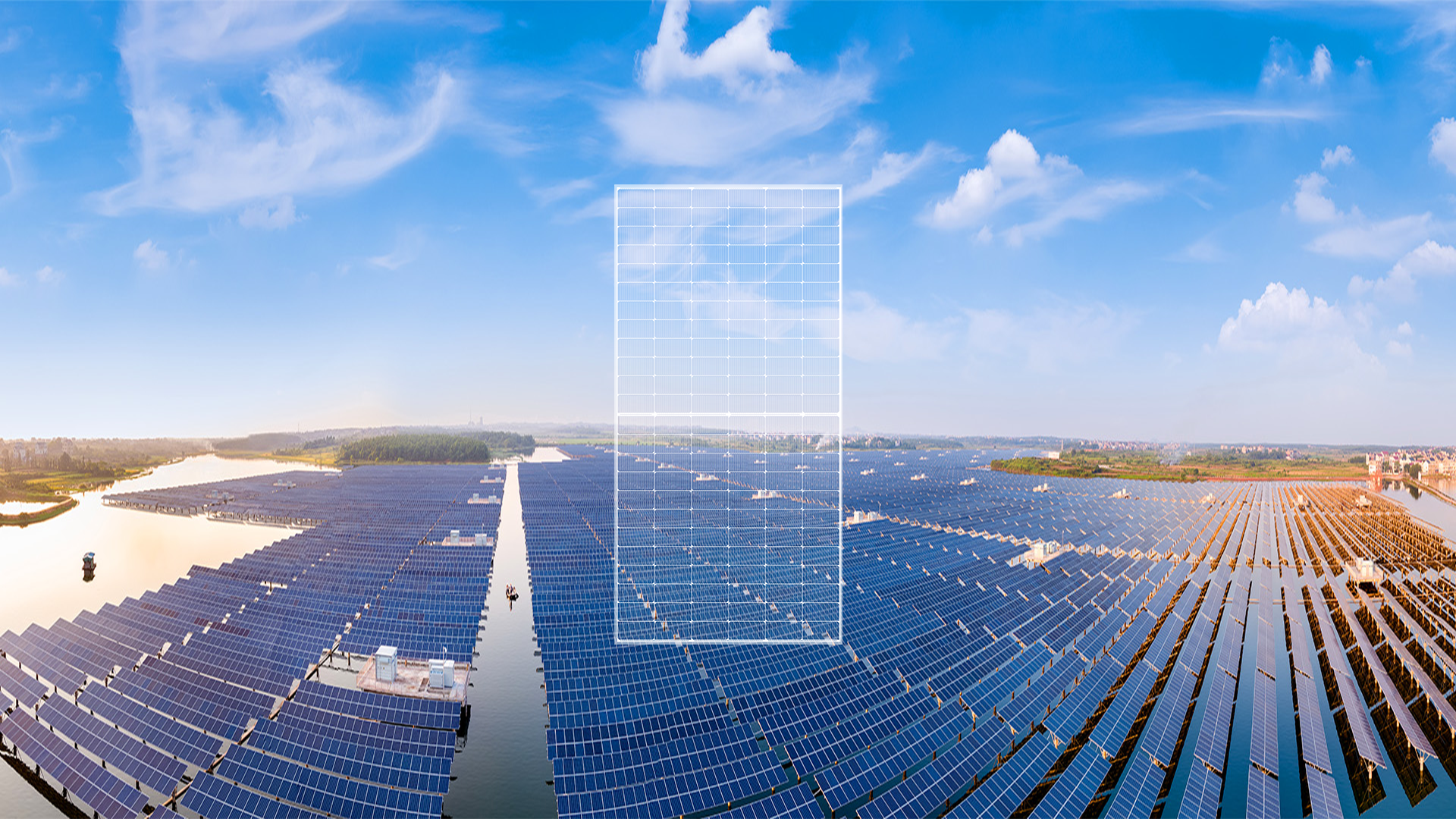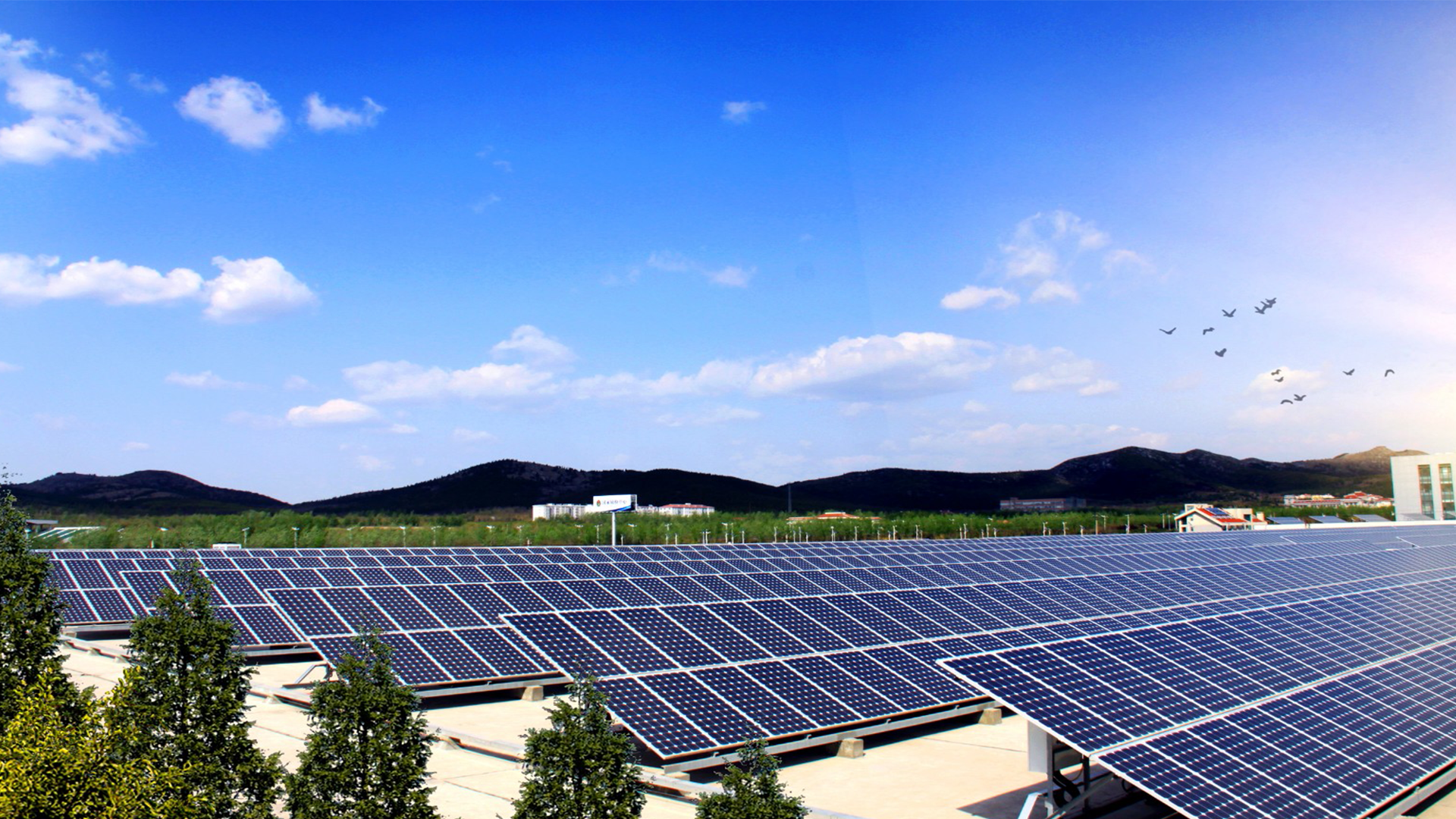On July 7, Canadian Solar (688472.SH), Risen Energy (300118.SZ), JA Solar (002459.SZ), JinkoSolar (688223.SH), Longi Green Energy (601012.SH), Trina Solar (688599.SH), Tongwei (600438.SH), Yidao Xinneng, and Astronergy 9 companies jointly released the “Initiative on the Standardization of Rectangular Silicon Wafer Module Size”.
According to the initiative, nine companies have reached a consensus on the standardized dimensions of the new generation of rectangular silicon wafers.
At the same time, 9 companies proposed that the size design of the current and future 182 series modules and 210 series modules in the industry should follow the China Photovoltaic Industry Association standard “T/CPIA0003-2022 Dimensions and Technical Requirements for Mounting Holes of Crystalline Silicon Photovoltaic Modules for Ground Use” Regulations as well as existing dimensions in the industry. Within the range of these sizes, each manufacturer adopts them according to their own conditions to meet the needs of different customers.
The trend toward uniform component sizes has been around for a long time.
At the SNEC Photovoltaic Exhibition in May this year, a number of companies launched module products with specifications of 2384mm/2380mm×1134mm, and the size of modules gradually converged.
In April this year, under the guidance of the China Photovoltaic Industry Association, the China Photovoltaic Industry Association Standardization Technical Committee and the China Institute of Electronic Technology Standardization hosted a seminar on the size of crystalline silicon photovoltaic modules in Beijing. Jiang Hua, deputy secretary-general of China Photovoltaic Industry Association, said at the seminar that in recent years, with the progress of photovoltaic technology and the development trend of large size and high power, the problem of size inconsistency will cause the increase of manufacturing costs in the upstream and downstream of the industrial chain, and increase the number of terminals. Power station design cost and supply risk. In December 2022, the China Photovoltaic Industry Association issued T/CPIA 0003-2022 “Technical Requirements for External Dimensions and Mounting Holes of Crystalline Silicon Photovoltaic Modules for Ground Use”, which standardized the external dimensions of components and promoted the coordinated development of the upstream and downstream of the industrial chain. However, in 2023 The emergence of “rectangular silicon wafers” in 2010 has brought new challenges to the uniform component size.
It is reported that the purpose of this seminar is to find out the current situation and development trend of rectangular silicon wafers and corresponding component sizes, and to explore the possibility of forward-looking promotion of standardization of rectangular silicon wafer cell component sizes.
The third-party organization InfoLink pointed out in a recent research report that in the early stage of the development of large-size silicon wafers, various component manufacturers also experienced different sizes, which posed a greater challenge to the material supply of various material suppliers. In September 2021, LONGi, Jinko and JA Solar reached a consensus on unifying the size of 182 modules. Among them, the most mainstream 72-cell module has a size of 2278mm×1134mm, which has greatly promoted the unification of module sizes in the entire industry. From the beginning, module manufacturers did not break through the existing module size to maximize the use of the original module area, but gradually found that the original large panel module size of 2278mm×1134mm could not make full use of the space of the container, and then increased the size by changing the long side. Silicon wafer area and evolved into a variety of rectangular sizes.
“The inconsistency in the size of each silicon wafer also brings confusion and inconvenience to the industry.” InfoLink pointed out that non-integrated enterprises are facing difficulties in procurement and sales due to the inconsistency in the size of silicon wafers, and a large number of component sizes will bring end users Challenges in design and management, as well as difficulties in the flexible deployment of supply sources. Therefore, InfoLink expects that in the future, the size of photovoltaic modules will still gradually move towards standardization.
Anhui Sine Energy believes that the uniform size of rectangular modules can effectively reduce the overall cost of electricity of photovoltaics through the direction of large-scale and high-power technology, which is conducive to maximizing the value of terminal applications.

